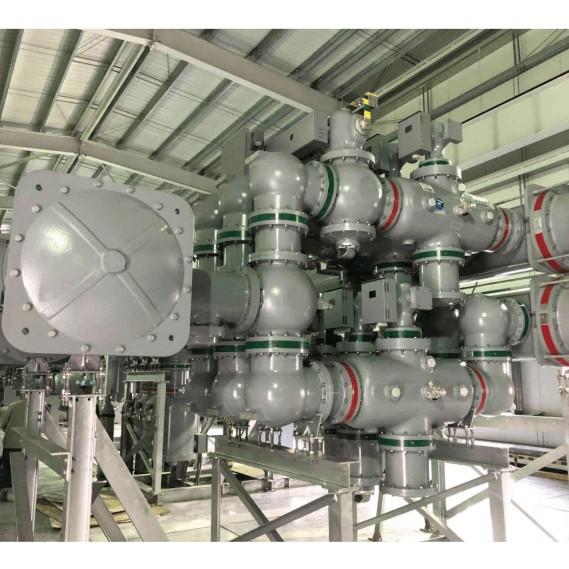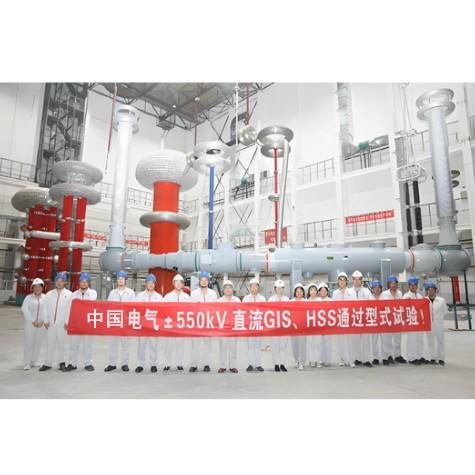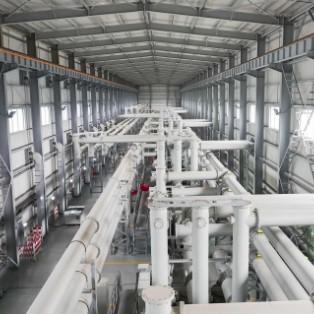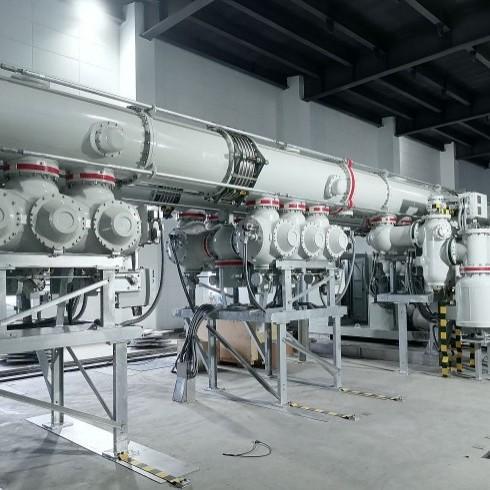
Testi Lezêdanî SF6 di Şertê
Berhem
Testi lezêdanî SF6 dike veşartî da ku nebe ku lezêdanî gas di şertan de çêkerdên GIS (Gas-Insulated Switchgear) be. Lezêdanî dike veşartî da ku dikare bi çend faktorên din rey bibe, wek dengandina sernûsên bînusîn, cihazkirina nederbasdar, seranîna nederbasdar, dengandina an derbandkirina sernûsên, seranîna an derbandkirina malîyarên bînusîn, qebûlkirina an derbandkirina malîyarên bînusîn, veşartina an derbandkirina malîyarên bînusîn, veşartina an derbandkirina malîyarên bînusîn, veşartina an derbandkirina malîyarên bînusîn, veşartina an derbandkirina malîyarên bînusîn, veşartina an derbandkirina malîyarên bînusîn, veşartina an derbandkirina malîyarên bînusîn, veşartina an derbandkirina malîyarên bînusîn, veşartina an derbandkirina malîyarên bînusîn, veşartina an derbandkirina malîyarên bînusîn, veşartina an derbandkirina malîyarên bînusîn, veşartina an derbandkirina malîyarên bînusîn, veşartina an derbandkirina malîyarên bînusîn, veşartina an derbandkirina malîyarên bînusîn, veşartina an derbandkirina malîyarên bînusîn, veşartina an derbandkirina malîyarên bînusîn, veşartina an derbandkirina malîyarên bînusîn, veşartina an derbandkirina malîyarên bînusîn, veşartina an derbandkirina malîyarên bînusîn, veşartina an derbandkirina malîyarên bînusîn, veşartina an derbandkirina malîyarên bînusîn, veşartina an derbandkirina malîyarên bînusîn, veşartina an derbandkirina malîyarên bînusîn, veşartina an derbandkirina malîyarên bînusîn, veşartina an derbandkirina malîyarên bînusîn, veşart......
Navîna
Vegere: Nabe ku testi lezêdanî di şertan de çêkerdên bînusîn an çêkerdên çêkirinên fabrikayê bikin, ji ber ku wan di fabrikayê hatine test kirin.
Dîmen: Teyên vegere yên ku dikare bi vebiyayê rey bibe di dema naxşirandin, çêkirina an çêkirina şertê de. Ji ber vebiyayê ya ku çêkerdên fabrikayê dike derbandkirin, divê wan jê were test kirin.
Rêbaza
Barkirina GIS bi Gas SF6
Testi Berenve
Berhem: Testi berenve bikin pêşda barkirina GIS bi gas SF6 da ku lezêdanî mezin di şertan de çêkerdên flanges/joints bînusîn. Ev test dikare nebe ku lezêdanî yekem bihêr bibin pasi ku kûnda pressurized be.
Rêbaza:
Pêşanda qebûlkirina pumpa berenve, belaş bi xwe berenve çêkerdê (bi karîna gauge berenve).
Fabrikant dikare qiymetên berenve lossê acceptable taybetandin ji bo dema herêmî.
Ji ber ku berenve lossê mezin hate parastin, lezêdanî biguherînin.
Hatara: Faktorên wek lezêdanî ji gauge berenve û eqîpmanên berenve, an berenve lossê ji ber moisture di şertan de (ji bo outgassing materialên epoxy internal), dikare false readings bide. Bi fabrikantê piştgirî bike ji bo rêbazên berenve û piştgiriyên wê bikin pêşda barkirina eqîpmanê.
Detektora Lezêdanî Gas SF6
Dem: Testi lezêdanî SF6 bikin dika barkirina GIS bi pressure temperature-compensated recommended ji tara fabrikantê.
Şertan: Testi hemî çêkerdên enclosure bînusîn, field welds, field-connected monitoring equipment, gas valves, û gas piping.
Accumulation Testing: Ji bo lezêdanî intermittent, bîra testi accumulation bikin. Di ev metoda de, şertê test bikin ji bo dema herêmî, û detektora lezêdanî bi xwe were têkildar da ku herêmî SF6 gas accumulated bide. Ev yardim dike ku lezêdanî intermittent bikin ku dikare nebe ku detektora quickly move over şertan.
Bagging Method
Berhem: Ji bo capture intermittent SF6 gas molecules û avoid background interference.
Rêbaza:
Wrap şertê test bikin bi plastic sheeting da ku form a "bag" (ji bo best practices li Figure 1 bîne).
Ensure that the bag is sealed tightly to prevent external air from entering.
Place a cap or cover on self-sealing filling valves to avoid measuring residual gas along with the test sample.
Testing: After 12 hours, perform a leak test on each bagged joint. Make a small incision above the pocket without disturbing the bag (as shown in Figure 1).
Additional Verification

Using a Handheld SF6 Gas Detector for Leak Detection
Procedure for Inserting the Detector Nozzle
Insertion into the Bag:
Carefully insert the nozzle of the handheld SF6 gas detector through the small incision made in the plastic bag, ensuring it reaches the bottom pocket of the enclosed area.
This method helps to capture any accumulated SF6 gas that may have leaked into the bag.
Consult Manufacturer Guidelines:
Operators should consult the manufacturer's guidelines to understand the acceptable leakage rate standards for the specific testing equipment being used.
Record the leakage rate (in ppmv) or pass/fail results for all tested positions on the GIS.
Verification of Leaks:
If a leak is detected, move the detector away from the suspected leak area, recalibrate it, and then return to the area to verify the presence of the leak.
This step ensures accurate readings and minimizes false positives.
Additional Investigation:
Options for Identifying the Leak Location
Liquid Leak Detection Solution or Soap Water:
Procedure: Remove the plastic bag and apply a liquid leak detection solution or soapy water around the suspected leak area.
Note: This method is less sensitive than using a gas leak detector and may not precisely identify the exact location of the leak. However, it can help confirm the general area where the leak is occurring.
Handheld Leakage Detector Re-Check:
Procedure: Remove the plastic bag and use the handheld leakage detector to check around the suspected leak joint.
Rate of Movement: The rate at which the detector is moved around the area should be determined by the manufacturer’s recommendations to ensure thorough and accurate testing.
Infrared Camera:
Procedure: After the bag test, use an infrared camera to locate small leaks. This method is particularly useful for identifying leaks that are difficult to detect with other methods.
Advantage: Infrared cameras can provide visual confirmation of the leak location without the need for physical contact.
Isolation with Segmented Bags:
Procedure: Repeat the leakage test using segmented bags to isolate the suspected leak area. This approach reduces the labor required for disassembly, correction, and reassembly.
Benefit: It allows for more precise localization of the leak, minimizing unnecessary work.
Leak Repair Procedure
Confirm and Document the Leak:
Prepare for Repair:
Recovery of SF6: Recover the SF6 gas from the affected chamber to prevent environmental contamination.
Disassembly: Carefully disassemble the GIS to access the leak site.
Identify the Cause: Determine the root cause of the leak, such as damaged seals, improper assembly, or contamination.
Cleaning and Replacement: Clean the affected area and replace any damaged components or seals. In some cases, the customer and manufacturer may agree to use permanent sealing devices, clamps, or patches to address the issue.
Reassembly and Testing:
After repairs are completed, reassemble the GIS.
Vacuum and Refill: Draw a vacuum on the chamber and refill it with SF6 gas to the manufacturer’s recommended temperature-compensated pressure.
Final Leak Test: Conduct a final leak test to ensure that the repair was successful and no new leaks have developed.

The leak detection process will then be repeated.
It is likely the installation schedule will be affected if a leak is found on the equipment.
Certain chemicals used in sealing/assembling the GIS such as alcohol And silicone sealant may have an effect on the equipment used To detect a leak causing a false reading.
Dust, cobwebs, water, and other contaminants are also known to cause a false reading.
Prior to leak testing, always ensure the area to be tested is clean and dry.
If a condition-based monitoring/gas trending system is included with the new GIS, it is important to recognize that the sensors take some time to normalize, and therefore may not be effective in providing a true indication of gas leaks immediately after filling the equipment.
























